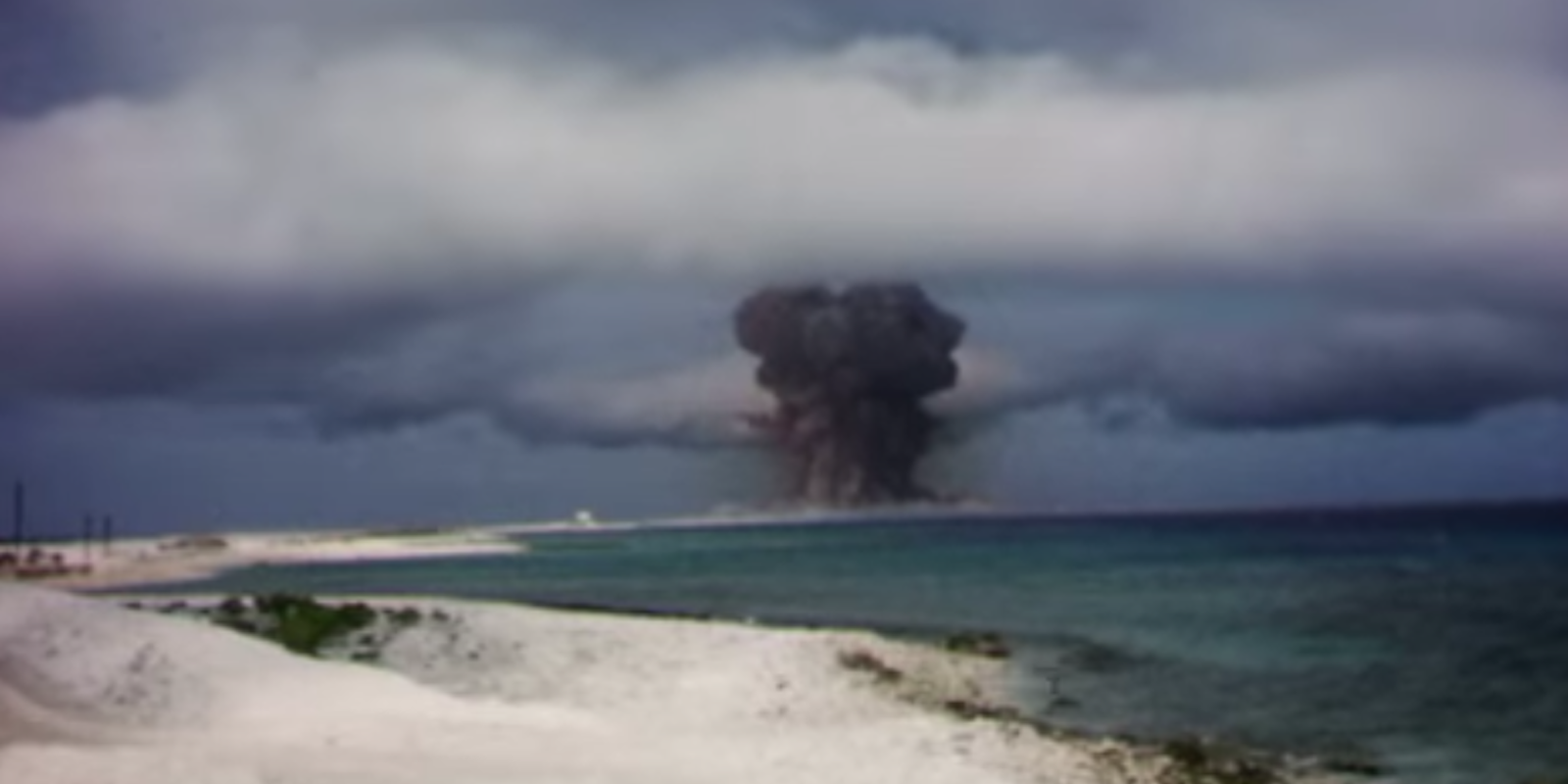Talk about awe-inspiring explosiveness. Lawrence Livermore National Laboratory has released a staggering 63 videos of decades-old nuclear atmospheric tests on its YouTube channel, visual documentation of nuclear tests spanning from 1945-1962. According to the details released alongside the videos, it’s a project helmed by Greg Spriggs, a weapons physicist for the world-renowned laboratory, in addition to a team of film archivists and experts.
The goal is pretty simple: to discover and preserve all the footage of these nuclear atmospheric tests that can be found before the natural ravages of time cause the film to decay and become useless.
“I’m very surprised by the condition of the film, mostly it’s in pretty good condition, considering it wasn’t stored in the best conditions,” film expert Jim Moye said in the video introducing and explaining this dramatic new archive. Simply put, this is as useful a resource to find footage of atmospheric nuclear tests as one could find, whether watching to glean some amount of deeper scientific understanding or simply to observe the awesome and terrifying power of nuclear weaponry.
For example, here’s a blast from Operation Plumbbob, which took place in Nevada in 1957.
For a slightly more conventional angle, here’s video of a test from Operation Hardtack-1, which took place in the Pacific Proving Grounds just one year later in 1958. One can make out the faintest impression of the horizon of the Pacific Ocean for a split-second before the bomb goes off, immersing the entire frame in searing light.
For a clearer view of the blast itself, another video from Operation Hardtack-1 shows the eruption of a mushroom cloud just off the shore, sending what appear to be seagulls scattering in confusion and alarm. It’s impossible to watch this kind of footage without gaining a healthy respect and/or fear for the destructive power of these weapons.
And for a more abstract image, this footage from 1962’s Operation Dominic, also conducted in the Pacific, is about as strange as it gets. It’s not transparently clear what exactly happened to the film to produce such a bizarre, vivid image—a deep black spot slowly growing outward against a searing red sky—it’s hugely memorable, even if it’s not as clear or coherent as the others.
In short, anyone who has the time or inclination should definitely check these out, because it’s not every day historical footage this impactful and impressive gets released all at once. There’s more than an hour of combined footage, all of which can be viewed on the Lawrence Livermore National Laboratory’s YouTube playlist.
H/T Engadget


